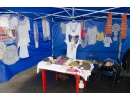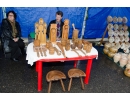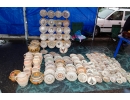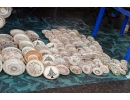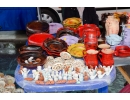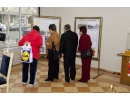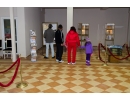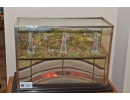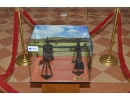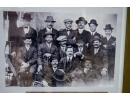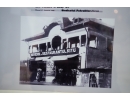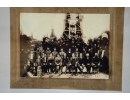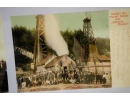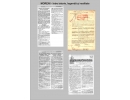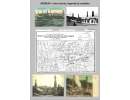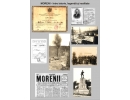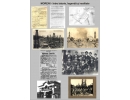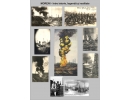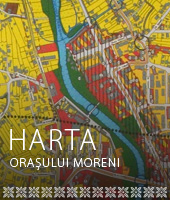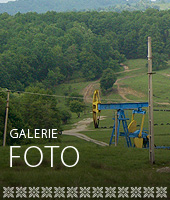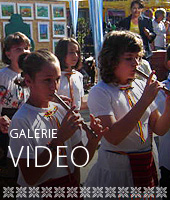Events Calendar
vizite
Those who enter school no.1 in Moreni, Dambovita, shouldn't miss the chance to visit the "school museum", which contains an impressive collection of items from a variety of activities. They can be found along the school corridors, the stairwells leading to the first floor as well as in a specially arranged room.
Among other pieces, curious visitors will surely stop to admire the impressive collection of ethnographic objects and works of authentic traditional art.

Here, you can find over 500 objects on display, not including antique books, testimonies from the oil industry, and paintings, all with significant historical and patriotic value.
Each year, more and more pieces are added to the museum's collection - items of value, student's creations, as well as works created by anonymous craftsmen from the area.
In the museum, one can not only find traditional ceramic pieces from Darmanesti and Gheboaia, but also items from other pottery centers. They are captivating for visitors, through the beauty of their shape, ornamentation and colour schemes of plates from Darmanesti in 1928 (marking the anniversary of the Union), shelves from 1935, pitchers from 1901, etc.

Next, we have a rich collection of wooden objects, which greatly evolved, even from the earliest times . Here, you can see work tools, classic kitchen and household utensils, tools used for the production of dairy products, and typical countryside furniture, also containing a weaving loom and dowry chest that are still functional.
Several religious items are also on display here, including a wooden icon over 200 years old, icons painted on glass, and traditional face masks created by the students.
The wooden furniture found here has been displayed in an ingenious manner - the 3 legged table, chairs carved out of a single block of wood, children's swings etc.
This exposition, inaugurated in 1978 by Prof. Emilia Bucur, and reorganized in 1997 by Prof. Ion Stoica, also houses numerous traditional costumes, shirts, fote, linens etc.
A national history representing unity and independence is shown through the many maps, drawings, quotes and extracts from the local archives.
The Moreni oil tanker, an integral part of the general history of the area, has a well defined place within the museum exposition of school no.1.
You are welcome anytime to come and visit!
By Prof. Ion Stoica







